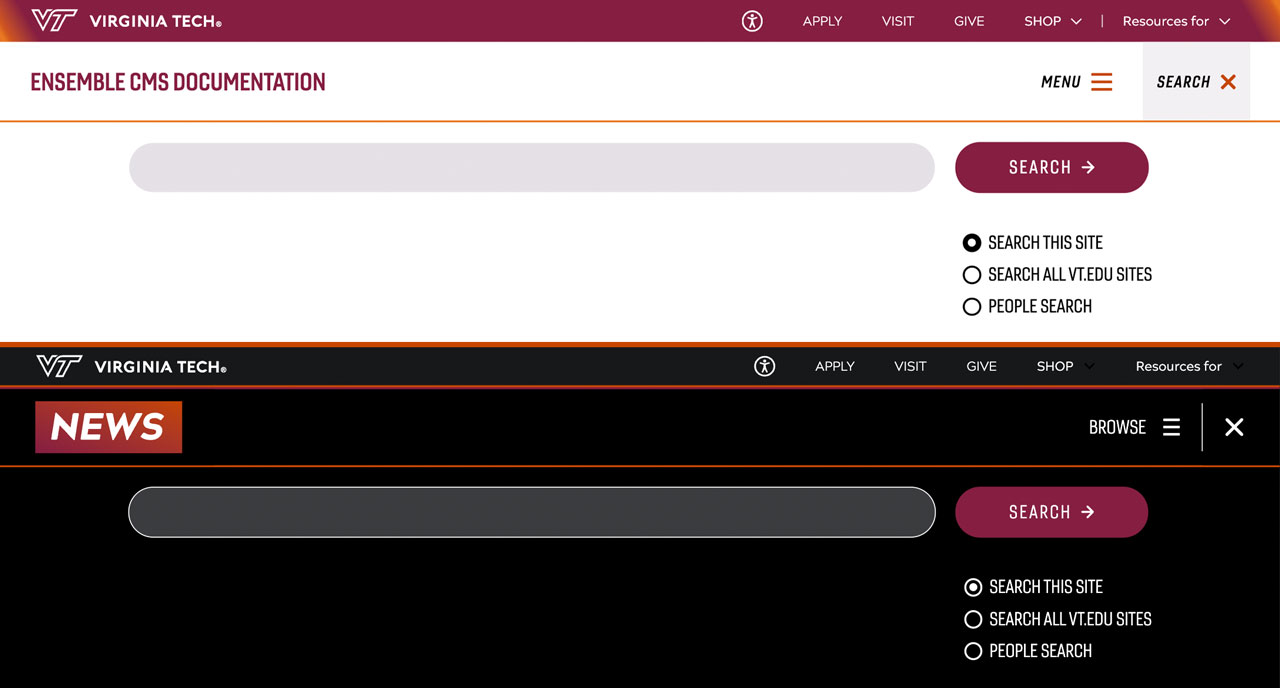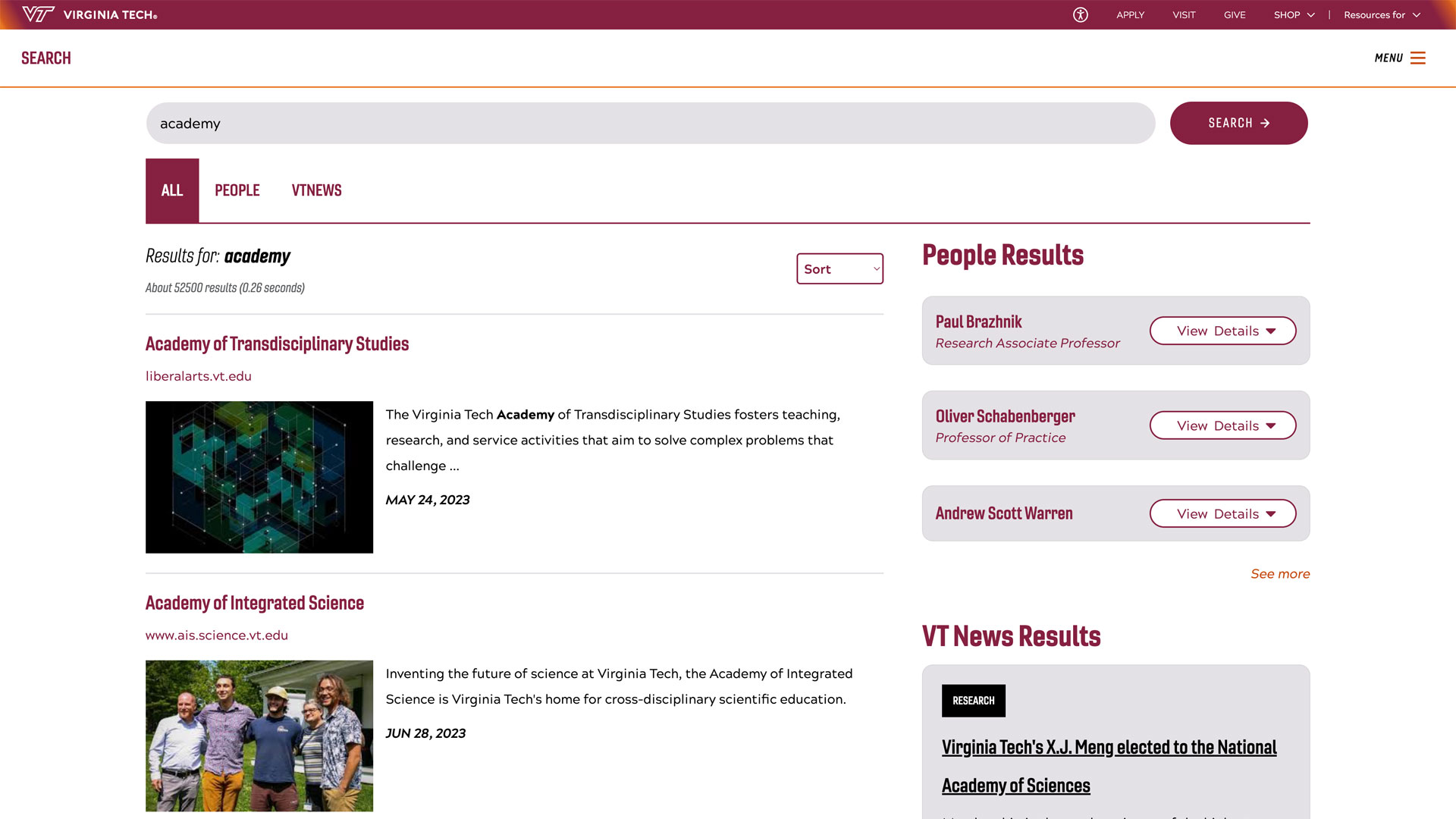California wildfires highlight the importance of fire preparedness in all communities
As Virginia’s fire season begins, all communities can take steps now to prepare for risks posed by wildfire.

For weeks, the world watched as emergency responders and California residents came together to battle the destructive wildfires that blazed across Southern California. While Virginia does not share the unique ecological circumstances fueling the current wildfires in California, no community is immune from the risk of wildfires and there are steps concerned Virginians can take to protect their homes and communities.
In the commonwealth, wooded, mountain communities are most at risk. However, all Virginians should be aware that wildfires are regular experiences in both spring and fall.
“Traditionally, spring has been a season that hosts a lot of wildfire activity — temperatures are up, humidity is down, and plants are not yet green,” said Adam Downing, Virginia Cooperative Extension forestry agent for the Northwest District. “Fall is another time of year where we typically see wildfires. In fact, two years ago we had the most active fall wildfire season in recent history. Leaves falling from the trees provide ample fuel to ignite and carry fires, particularly on warm and dry days.”
How Virginia’s fire environment differs from California
Virginia’s forest and wildland ecology differs from that of Southern California, Downing said.
“The current wildfires are affecting a coastal environment with a distinctive ecosystem that is being subjected to arid winds,” he said. "The complex terrain and urban centers in that area create a difficult environment for wildfire suppression.”
“This area of California received a lot of precipitation during an El Nino year in 2023,” said Adam Coates, associate professor of wildland fire ecology and management in the Department of Forest Resources and Environmental Conservation, part of the College of Natural Resources and Environment. “Therefore, all of the vegetation that grew in 2023 dried out in 2024, and now that vegetation provides ample fuel to carry large wildfires that are being propelled by high intensity winds.”
Virginians watching California's fires should keep in mind that Virginia has its own threat of wildfires.
“We’ve seen mountainous communities in the Appalachian region battle severe wildfires recently, the hallmark being the 2016 Chimney Tops II fire in Gatlinburg, Tennessee,” Coates said. “A weather phenomenon called a mountain wave, which features high winds, propelled a docile ignition into a large event overnight. In the Appalachian region, we have a lot of closed-canopy, mature, dense forests that are primed for wildfires when conditions are dry and windy.”
One factor contributing to the prevalence of larger wildfire ignitions is climate change.
“Many climatologists believe our future forecast will include fewer but larger precipitation events followed by longer periods of drought under warmer conditions,” Coates said. “In certain years, those moist conditions followed by dry periods may prime the system for wildfire activity.”
Active land management is key to reduce wildfire risk
The best practice to reduce wildfire risk is to manage fuel sources and their amounts, but it is impossible to reduce wildfire risk to zero.
“In many forests today, little harvesting or thinning has been conducted since those forests originated 80 to 100 years ago,” Coates said. “In these locations, there may be an excessive amount of ignitable fuel, and the fuels may be interconnected all the way from the forest floor to the canopies of the trees. These types of wildfires become hard to contain and suppress.”
Prescribed fire, or controlled burning, can be used to reduce the amount of hazardous fuel in a forest, and it can change the structure of that fuel.
“Prescribed fire can do a lot of good for forests, woodlands, savannas, and grasslands. Some communities of plants and animals really thrive when low intensity, low severity, and frequent prescribed fires are conducted,” Downing said.
How to protect your home or community
Virginians in wooded, mountain communities may face heightened wildfire risk from steep terrain and dense vegetation that has direct contact with homes, but all Virginians can take steps to protect their homes.
With strategic landscaping and maintenance of plants, debris, and outbuildings, property owners can create a defensible space around their homes. The Virginia Department of Forestry offers a variety of educational materials for property owners implementing a defensible space. Guidance for defensible space is provided through Firewise USA.
Through the Virginia Department of Forestry’s Community Wildfire Defense Grant Program, neighborhoods and communities can receive funding and education as they work to mitigate the risk of wildfire in their areas.
Forest landowners can learn more about their woodlands, including forest management practices and prescribed burning, through the Virginia Forest Landowner Education program.
Observe Virginia’s 4 p.m. burning law, in effect from Feb. 15 to April 30 each year.
Virginians concerned about the risks posed to their communities by fire, climate change, and a changing ecological landscape can become Extension Master Gardeners and help implement research-based horticultural practices through community education. Advanced Land Steward training, available to Extension Master Gardeners, is designed to prepare volunteers for community education related to FireWise landscaping and sustainable stewardship of the commonwealth’s abundant natural resources. Become an Extension Master Gardener by reaching out to your local Extension office.
For updates on California wildfires as well as info on how you can help those affected, visit the California Department of Forestry and Fire Protection at CAL Fire.




